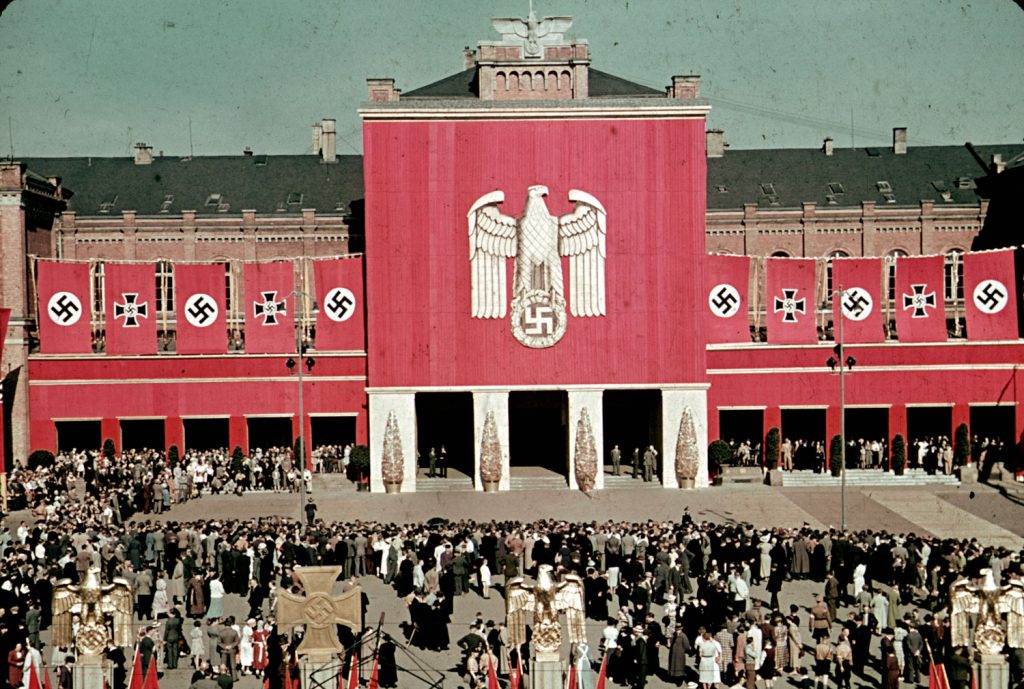On the night of Aug. 9, 1969, in Los Angeles, four members of Charles Manson’s “family” savagely murdered 26-year-old actress and Roman Polanski’s wife Sharon Tate; her friend and former lover, Jay Sebring; Polish writer Wojciech Frykowski; coffee-empire heiress Abigail Folger; and 18-year-old Steven Parent, who was visiting the Polanski-Tate house in Benedict Canyon that evening to try and sell a clock radio to the property’s caretaker, and was shot to death by Manson follower Tex Watson. (A married couple in Los Feliz, Leno and Rosemary LaBianca, were murdered by Manson family members the next night.)
The grisly details of the Manson murders and their nightmarish aftermath the circus-like trials, the enduring fascination Manson and his band of sociopaths hold for countless people, and so on are well-known. Most people with even a passing knowledge of the slaughter are aware, for example, that Tate, eight and a half months pregnant, begged her killers to spare her unborn child. Instead, she was stabbed to death while pleading with her murderers, after which Manson follower Susan Atkins dipped a towel in Tate’s blood and used it to write “PIG” on the front door of the house. All of the other victims of the Manson followers’ depravity suffered equally horrifying deaths.
For more than a few people, the Sixties came to a bloody end during those two summer nights in ’69.
Here, LIFE.com recalls the living, vibrant Sharon Tate with a series of photos of her, Polanski and their friends, made by LIFE’s Bill Ray in Swinging London in 1968.
“When I look back,” Bill Ray recently told LIFE.com, “what I remember is that [writer] Tommy Thompson and I worked hard every day during that assignment, and every night we were out partying with Sharon and Roman. Jay Sebring was there. Brian Jones soon to be dead himself, drowned in his pool was there. Mia Farrow and Harold Pinter. Oh, it was a great time to be in London.”
Asked about working with Tate, Ray said he “thought she was a dream. Really, just wonderful. In fact, years later, that whole time spent with her and Roman sort of feels like a dream sequence from a movie Sharon was always beautiful, and she was never fussy. She didn’t care what angle I was shooting from, never demanded that I get this side or that side of her. Ingrid Bergman, when I photographed her around that same time, had a similar ease about her. She and Sharon had this incredible, natural beauty, and they didn’t worry about the wind blowing their hair around or looking less than perfect. And that, of course, just made them that much more appealing.”
As for Polanski, Ray recalls not only that he and Tate appeared to be deeply, genuinely in love, but that the filmmaker’s intensity and his dark humor were innate aspects of his talent, inseparable from his life experiences. Polanski, after all, had suffered more terrors as a boy in Nazi-occupied Poland (his mother was killed in Auschwitz; his father survived Mauthausen; Polanski himself, often on his own, was in constant peril) than most people witness in their entire lives. But in London, with his gorgeous wife by his side, close friends nearby and two acknowledged cinematic classics, Repulsion and Rosemary’s Baby, to his name, Polanski was a charming, if often introspective, subject.
All these years later, Ray’s pictures of Tate, Polanski and their friends in 1968 London feel like portraits of a lost world, while the knowledge we have of the horrors to come adds a dark, foreboding edge to what, at the time, must have felt like an era of endless light.

117339777.jpg
Bill Ray The LIFE Picture Collection/Shutterstock

Roman Polanski and Sharon Tate
Bill Ray The LIFE Picture Collection/Shutterstock

Roman Polanski and Sharon Tate
Bill Ray The LIFE Picture Collection/Shutterstock

Roman Polanski and Sharon Tate
Bill Ray The LIFE Picture Collection/Shutterstock

Roman Polanski and Sharon Tate
Bill Ray The LIFE Picture Collection/Shutterstock

Roman Polanski and Sharon Tate
Bill Ray The LIFE Picture Collection/Shutterstock

Roman Polanski and Sharon Tate
Bill Ray The LIFE Picture Collection/Shutterstock

Roman Polanski and Sharon Tate
Bill Ray The LIFE Picture Collection/Shutterstock

Roman Polanski and Sharon Tate
Bill Ray The LIFE Picture Collection/Shutterstock

Roman Polanski and Sharon Tate
Bill Ray The LIFE Picture Collection/Shutterstock

Roman Polanski and Sharon Tate
Bill Ray The LIFE Picture Collection/Shutterstock

Roman Polanski and Sharon Tate
Bill Ray The LIFE Picture Collection/Shutterstock

Roman Polanski and Sharon Tate
Bill Ray The LIFE Picture Collection/Shutterstock

Roman Polanski and Sharon Tate
Bill Ray The LIFE Picture Collection/Shutterstock

Roman Polanski and Sharon Tate
Bill Ray The LIFE Picture Collection/Shutterstock

Roman Polanski and Sharon Tate
Bill Ray The LIFE Picture Collection/Shutterstock

Roman Polanski and Sharon Tate
Bill Ray The LIFE Picture Collection/Shutterstock




























































































































